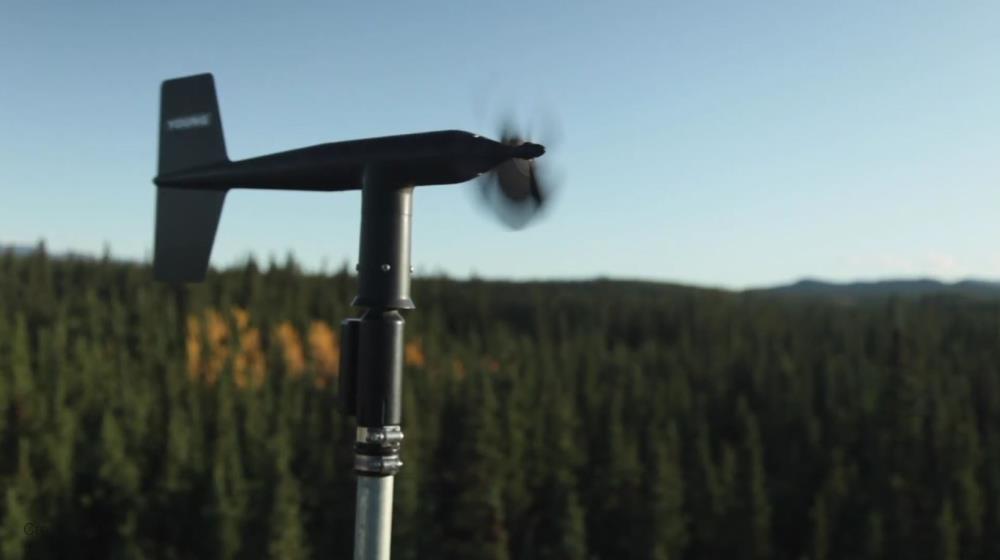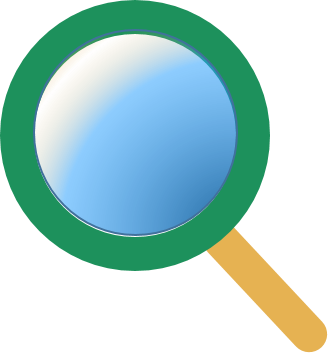
Related items loading ...
Section 1: Publication
Publication Type
Thesis
Authorship
Robson, Emily
Title
Microparticles in freshwater bivalves chronically exposed to wastewater effluent in the Grand River, Ontario, Canada
Year
2023
Publication Outlet
MacSphere Open Access Dissertations and Theses
DOI
ISBN
ISSN
Citation
Robson, Emily (2023) Microparticles in freshwater bivalves chronically exposed to wastewater effluent in the Grand River, Ontario, Canada, MacSphere Open Access Dissertations and Theses,
http://hdl.handle.net/11375/28993
Abstract
Microparticles enter aquatic environments through many sources, including wastewater treatment plants (WWTPs), but their uptake by aquatic organisms is poorly understood. Freshwater bivalves accumulate multiple contaminants, making them potential bioindicators for MP pollution. This study aims to understand the abundance and characteristics of microparticles that accumulate in wild bivalves. Samples were collected from 5 locations along the Grand River (Ontario, Canada) in 2021-2022, including 3 municipal WWTPs where both an upstream and downstream site were sampled. At each site, fingernail clams (Sphaeriidae, n=5 composite samples), flutedshell mussels (Lasmigona costata, n=10), and surface water (n=3) were sampled. Within the mussels, the gill, digestive gland, and hemolymph tissues were targeted and compared. Microparticles were isolated and quantified via stereomicroscopy but have not yet been confirmed as plastic; as such, they will be referred to herein as microparticles. Fibers were the dominant morphology and clear, blue, and black were the most common colours, but there were some differences among sites and sample types. Most microparticles were between 80 μm and 1 mm in length. Fingernail clams contained the highest microparticle counts per mass of tissue at 35.5 ± 29.4 microparticles/g, mussel tissues ranged from 4.3 ± 4.2 microparticles/mL to 6.5 ± 8.1 microparticles/g, and water samples contained the lowest counts at 0.0055 ± 0.0028 microparticles/mL. Elevated microparticle counts at downstream sites were only seen in mussel gills and not other bivalve tissues. Surface water samples did not show elevated counts downstream of the WWTPs and microparticle exposures were similar across sites. This study provides baseline data for future monitoring and informs toxicity studies to fully assess the risk of microparticles to vulnerable freshwater bivalves and other aquatic organisms. It also suggests microparticles in freshwater bivalves are coming from sources in addition to WWTPs and are ubiquitous in the Grand River.
Plain Language Summary


 GWFNet
GWFNet Master
Master Research
Research Map
Map
 Advanced
Advanced . . .
. . .

 Metadata Editor
Metadata Editor
 Record List
Record List
 Alias List Editor
Alias List Editor
 Legacy sites
Legacy sites